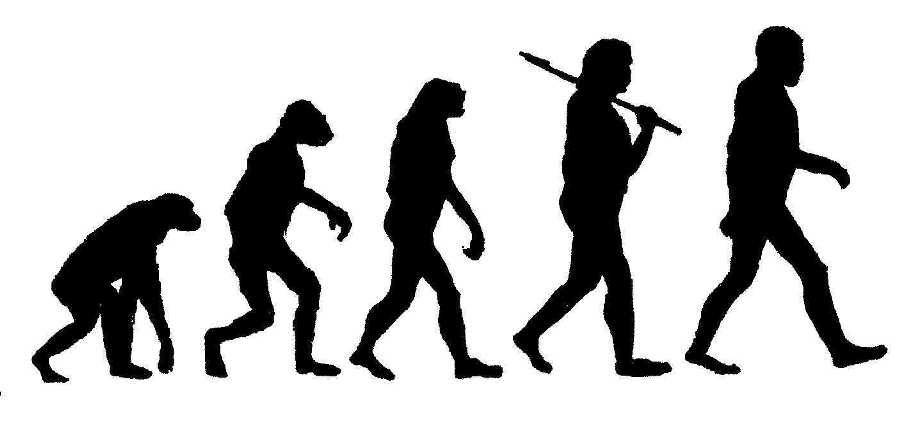There are many different beliefs about evolution prior to Charles Darwin. These began during the 17th century up into the early 19th century. In the 17th century, James Ussher, a Anglican archbishop of Armagh in northern Ireland, reinforced a traditional Judeo-Christian version of creationism. He fixed the date of creation at 9:00 am, October 23, 4004 B.C.
In the 18th century the Swedish botanist Carl Linneaus, classified organisms based on categories; genus and species. The concept of genus and species was actually developed by John Ray in the 1600’s, but it was Linneaus who used the system to name modern humans homo sapiens and placed modern humans in the order primates, with apes, monkeys, and prosimians. This was controversial at the time because it implied that people were part of nature, alongside animals and plants.
Before, it was believed that life forms were fixed, denying any evolutionary change. French mathematician and naturalist, George Louis Leclerc, Comte de Buffon, said that living things do indeed “evolve” over long periods of time, unnoticeable to humans, due to influences from environments or even chance. He also believed that the earth is much older than 6000 years old (at least 75,000... We now know it is much much older!!).
In the late 18th century, evolutionists Eramus Darwin, grandfather of the Charles Darwin, believed that evolution has occurred in living things, including humans, but was rather confused of why and what was responsible for this change. In his later work he suggested that earth and life on it have been evolving for “millions of ages before the commencement of the history of mankind.”
Other than evolution in organisms, change in the earth as a whole has been carefully examined. Catastrophic events helped shaped the world we live in today. Charles Lyell documented that earth is very old and that natural processes such as volcanoes, earthquakes, glacier movements, in the past operate as they do today. Lyell provided evidence for the theory of uniformitarianism, developed by Scottish geologist, James Hutton, the idea that forces acting today, were the same as in the past.








